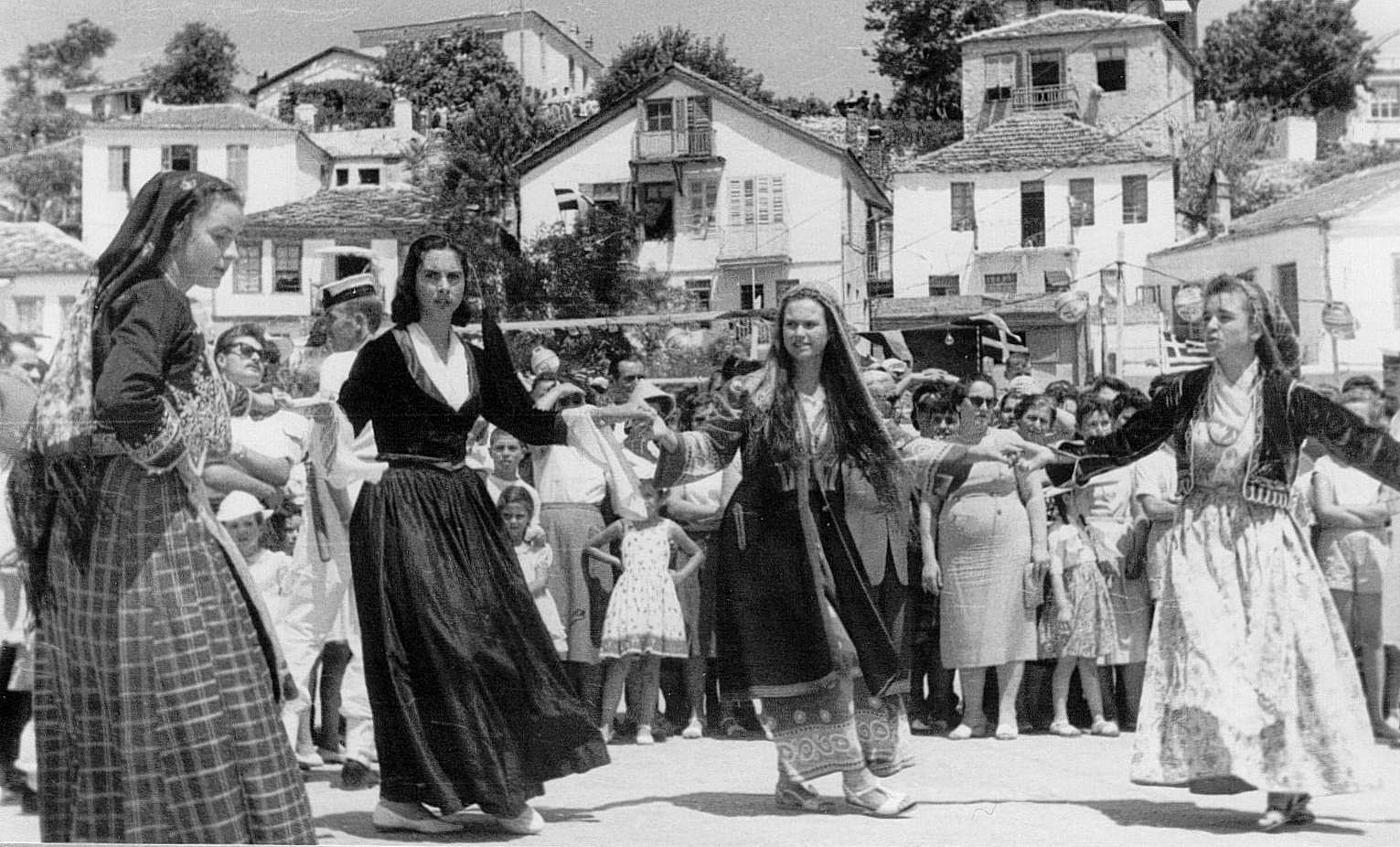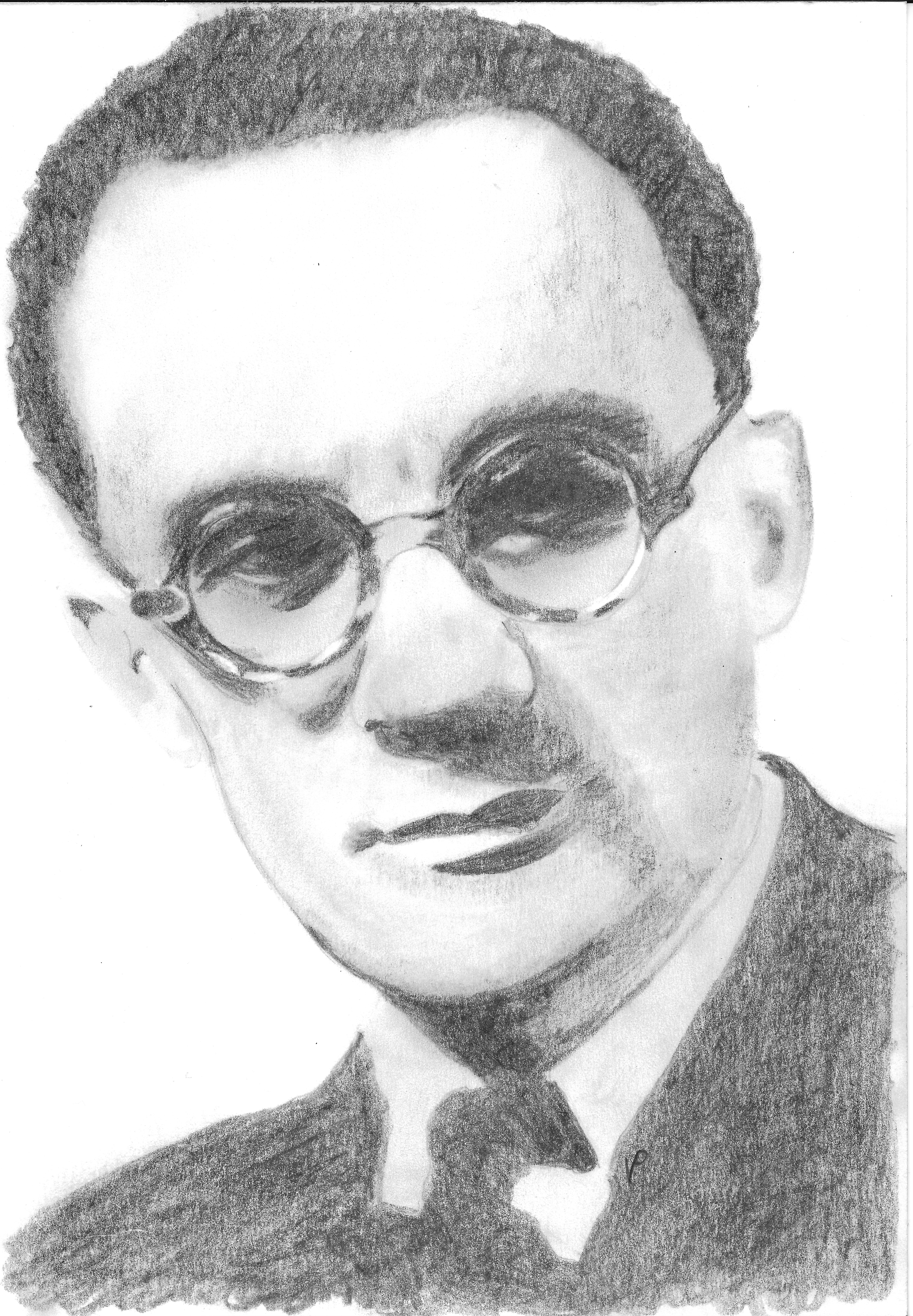|
Lerikos
Lerikos ( el, Λέρικος) is a traditional Greek circle dance. Participants hold hands at the shoulder level and dance in a counterclockwise direction. See also * Greek music * Greek dances *Sousta * Greek folk music * Pentozali * Syrtos *List of folk dances sorted by origin This is a list of dances grouped by ethnicity, country, or region. These dances should also be listed on the general, noncategorized index list of specific dances. Albania *Dance of Osman Taka *Entarisi ala benziyor * Gusharaveli *Napoloni * P ... External linksGoogle video of lerikos [...More Info...] [...Related Items...] OR: [Wikipedia] [Google] [Baidu] |
Greek Folk Music
Greek traditional music (Greek: παραδοσιακή μουσική, "traditional music"; also δημοτικά τραγούδια, "folk songs") includes a variety of Greek styles played by ethnic Greeks in Greece, Cyprus, Australia, the United States and other parts of Europe. Apart from the common music found generally in Greece, each region of Greece contains a distinct type of folk music that originated from the region due to their history, traditions and cultural influences. Overview Greek folk music originally, predominantly contained one genre, known as Greek ''Demotiko (or Demotic/Paradosiako).'' This refers to the traditional Greek popular songs and music of mainland Greece and islands, which date back to the Byzantine times. It was the sole popular musical genre of the Greek people until the spread of ''Rebetiko'' and '' Laiko'' (other genres of folk music) in the early 20th century, spread by the Greek refugees from Asia Minor. This style of music evolved from ... [...More Info...] [...Related Items...] OR: [Wikipedia] [Google] [Baidu] |
Greek Dance
Greek dance (''choros'') is a very old tradition, being referred to by authors such as Plato, Aristotle, Plutarch and Lucian. There are different styles and interpretations from all of the islands and surrounding mainland areas. Each region formed its own choreography and style to fit in with their own ways. For example, island dances have more of a different smooth flow to them, while Pontic dancing closer to the Black Sea, is very sharp. There are over 10,000 traditional dances that come from all regions of Greece. There are also pan-Hellenic dances, which have been adopted throughout the Greek world. These include specifically the Syrtos, Kalamatianos, Pyrrhichios, Ballos and hasapiko. Traditional Greek dancing has a primarily social function. It brings the community together at key points of the year, such as Easter, the grape harvest or patronal festivals; and at key points in the lives of individuals and families, such as weddings. For this reason, tradition frequently dicta ... [...More Info...] [...Related Items...] OR: [Wikipedia] [Google] [Baidu] |
Greek Dances
Greek dance (''choros'') is a very old tradition, being referred to by authors such as Plato, Aristotle, Plutarch and Lucian. There are different styles and interpretations from all of the islands and surrounding mainland areas. Each region formed its own choreography and style to fit in with their own ways. For example, island dances have more of a different smooth flow to them, while Pontic dancing closer to the Black Sea, is very sharp. There are over 10,000 traditional dances that come from all regions of Greece. There are also pan-Hellenic dances, which have been adopted throughout the Greek world. These include specifically the Syrtos, Kalamatianos, Pyrrhichios, Ballos and hasapiko. Traditional Greek dancing has a primarily social function. It brings the community together at key points of the year, such as Easter, the grape harvest or patronal festivals; and at key points in the lives of individuals and families, such as weddings. For this reason, tradition frequently dict ... [...More Info...] [...Related Items...] OR: [Wikipedia] [Google] [Baidu] |
List Of Folk Dances Sorted By Origin
This is a list of dances grouped by ethnicity, country, or region. These dances should also be listed on the general, noncategorized index list of specific dances. Albania *Dance of Osman Taka *Entarisi ala benziyor * Gusharaveli *Napoloni * Pogonishte * Rugovo (sword dance) *Shota (dance) * Vallja e cobanit Argentina *Carnavalito *Chacarera *Cueca *Cumbia Villera * Milonga *Tango * Zamba Armenia Note: in Armenian "par" means "dance". * Berd *Entarisi ala benziyor *Kochari *Shalakho *Tamzara * Temuraga *Yarkhushta Austria *Ländler *Schuhplattler *Tyrolienne *Waltz Azerbaijan * Abayı * Agir Karadagi * Anzali * Asma kasma * Choban Regsi * Halay * Innaby * Jangi * Khanchobany * * Shalakho * Tarakama * Tello * Uzundara * Youz bir Belarus * Liavonicha ( Lyavonikha) *Karahod (Khorovod) * Trasucha (Poĺka-Trasucha) * Kryzhachok Bolivia *Awki awki *Caporales *Diablada *Kullawada * Llamerada *Morenada * Oruro Diablada *P'aquchi *Siklla *Tobas * Waka waka B ... [...More Info...] [...Related Items...] OR: [Wikipedia] [Google] [Baidu] |
Circle Dance
Circle dance, or chain dance, is a style of social dance done in a circle, semicircle or a curved line to musical accompaniment, such as rhythm instruments and singing, and is a type of dance where anyone can join in without the need of partners. Unlike line dancing, circle dancers are in physical contact with each other; the connection is made by hand-to-hand, finger-to-finger or hands-on-shoulders, where they follow the leader around the dance floor. Ranging from gentle to energetic, the dance can be an uplifting group experience or part of a meditation. Being probably the oldest known dance formation, circle dancing is an ancient tradition common to many cultures for marking special occasions, rituals, strengthening community and encouraging togetherness. Circle dances are choreographed to many different styles of music and rhythms. Modern circle dance mixes traditional folk dances, mainly from European or Near Eastern sources, with recently choreographed ones to a va ... [...More Info...] [...Related Items...] OR: [Wikipedia] [Google] [Baidu] |
Greek Music
The music of Greece is as diverse and celebrated as its History of Greece, history. Greek music separates into two parts: Greek folk music, Greek traditional music and Byzantine music. These compositions have existed for millennia: they originated in the Byzantine empire, Byzantine period and ancient Greek music, Greek antiquity; there is a continuous development which appears in the language, the rhythm, the structure and the melody. Music is a significant aspect of Greek culture, Hellenic culture, both within Greece and in the Greek diaspora, diaspora. Greek musical history Greek musical history extends far back into ancient Greece, since music was a major part of ancient Greek theater. Later influences from the Roman Empire, Eastern Europe and the Byzantine Empire changed the form and style of Greek music. In the 19th century, opera composers, like Nikolaos Mantzaros (1795–1872), Spyridon Xyndas (1812–1896) and Spyridon Samaras (1861–1917) and symphonists, like Dimitris ... [...More Info...] [...Related Items...] OR: [Wikipedia] [Google] [Baidu] |
Sousta
Sousta ( gr, Σούστα, links=no) is a Greek folk dance, performed at weddings as an activity of courtship between husband and wife. It originates from Ancient Greece, and holds prominence in Dodecanese Islands, and broader Aegean region. It is the second most common Greek dance, after the Syrtos, with many Greek islands and villages adopting their own version. The performance of the dance reflects various gender roles, inter-played with values of romance and marriage. The Sousta acted as a socialisation process between the youth of a village, evolving into a dance central to these youth as they grew up and formed relationships with others. Socially, the Sousta also functioned as a visible verification of courtship, namely paying respects to the wife and her family. The Sousta is most commonly performed as a three-step dance, with a 'hopping' motion and crossed-over hands. There are elements of eroticism and courtship acted out in the dance, which is usually performed by pair ... [...More Info...] [...Related Items...] OR: [Wikipedia] [Google] [Baidu] |
Pentozali
The Pentozali or Pentozalis ( el, Πεντοζάλης) is the trademark folk dance of the island of Crete. It takes its name from the fifth (''pente'') attempt or step (ζάλος being a Cretan Greek word for "step") of the Cretan people to liberate Crete from the Ottoman Empire. It can thus be translated as "''five-steps''". The name also contains an element of wordplay, as ‘ζάλη’ () means dizziness, and so it may also be interpreted as a dance that can make its dancers dizzy five times over ("five-dizzy"). In fact the dance has ten steps in total. The Pentozali is a war dance, vigorous, with high jumping movements and allows for much improvisation. It starts at a moderate pace and accelerates progressively. The dancers hold each other by the shoulders and form an incomplete circle, which rotates counterclockwise very slowly, or sometimes not at all, because most of the lively steps are semi-stationary. The first dancer is expected to improvise whilst engaging in a ... [...More Info...] [...Related Items...] OR: [Wikipedia] [Google] [Baidu] |
Syrtos
Syrtos ( el, συρτός, ''syrtos'' (also ''sirtos''); plural , ''syrtoi'' (also ''sirtoi''); sometimes called in English using the Greek accusative forms ''syrto'' (also ''sirto''); from the el, links=no, σύρω, ''syro'' (also ''siro''), "to drag he dance) is – in classical and modern Greece – a traditional dance in which the dancers link hands to form a chain or circle, headed by a leader who intermittently breaks away to perform improvised steps. Syrtos, along with its relative kalamatianos, are the most popular dances throughout Greece and Cyprus, and are frequently danced by the Greek diaspora worldwide. They are very popular in social gatherings, weddings and religious festivals. Syrtos and kalamatianos use the same dance steps, but the syrtos is in time and the kalamatianos is in time, organized in a ''slow'' (3 beat), ''quick'' (2 beat), ''quick'' (2 beat) rhythm. Syrtos and kalamatianos are line dances and circle dances, done with the dancers in a ... [...More Info...] [...Related Items...] OR: [Wikipedia] [Google] [Baidu] |




